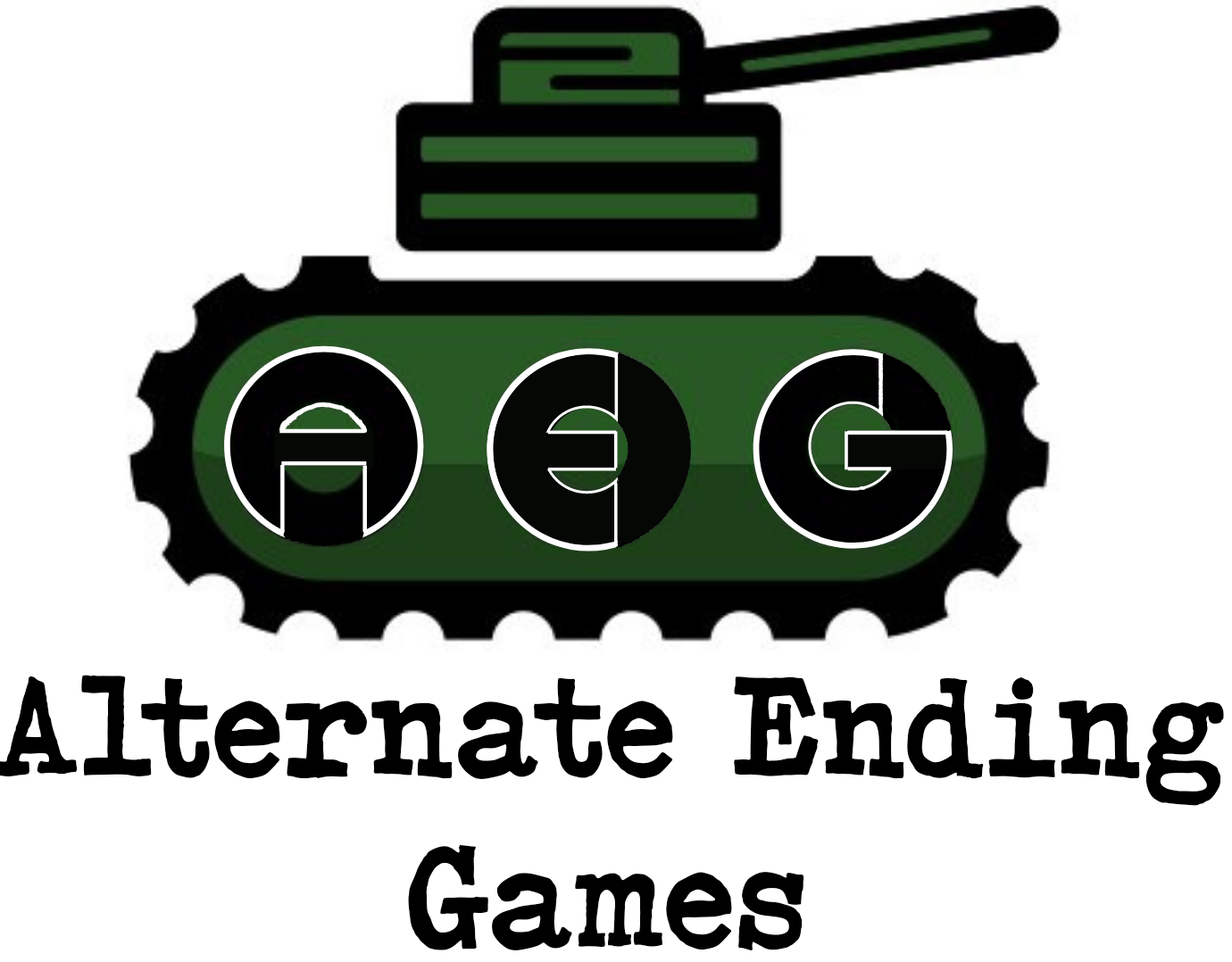- Home
- Sale
- New Arrivals
-
All Products
-
Browse by Type
-
Browse by Era
-
Browse by Country
-
- Shop By Category
- Packs
- Contact Us
- Custom Order
-
$1.29
| /
The "Female" tank was a variation of the British heavy tank deployed during the First World War. It carried multiple machine guns instead of the mix of machine guns and cannons mounted on the "male" tank. Lieutenant-Colonel Ernest Swinton, who played a part in the development of the first British tank and who was co-creator of the term "tank" (originally a code word), is credited with inventing these gender-related terms, thinking that the best tank tactics would have the two types operating in consort.
The prototype, nicknamed "Mother", and the first production models of what would become referred to as the Mark I were designed to carry two six-pounder guns and three machine-guns. Swinton expressed the fear that tanks armed in such a way might be unable to protect themselves from attacks by large numbers of enemy infantry. In April 1916, it was therefore decided that half of the 150 tanks on order should be fitted with machine guns in place of the six-pounders. A new sponson was designed so that the tank could carry two Vickers machine guns, with their cooling jackets protected by armoured sleeves, on each side of the hull. Swinton's idea was that tanks should operate in pairs: a "destroyer" (Swinton's original proposed name was "Machine Gun Destroyer") and a "consort" or "man-killing" tank, so that the two gave mutual protection. He stated that he then assigned the names "male" and "female" respectively. The designation "male" applied to those armed with six-pounder guns, whereas the "female" was the tank equipped only with machine guns.

